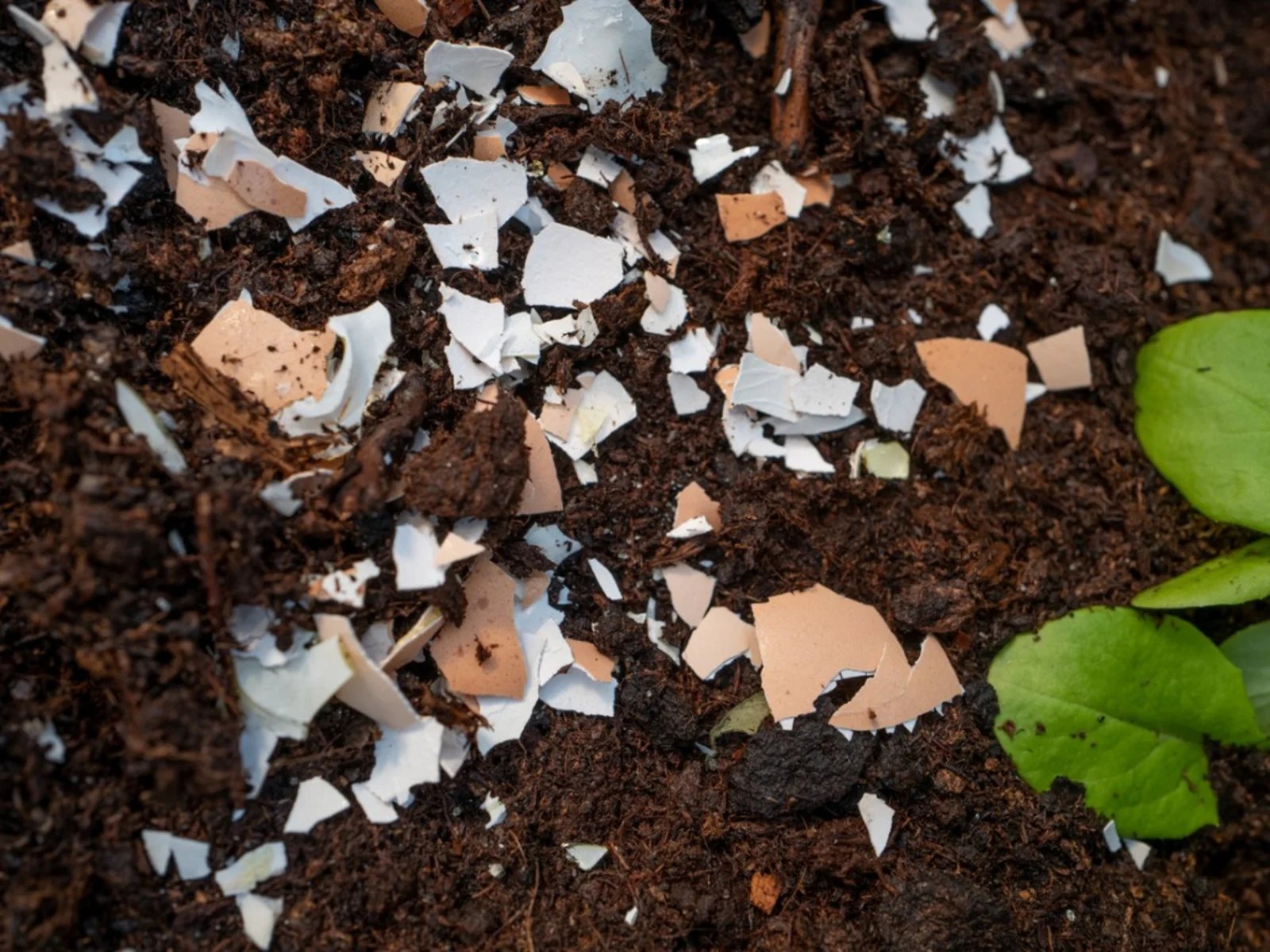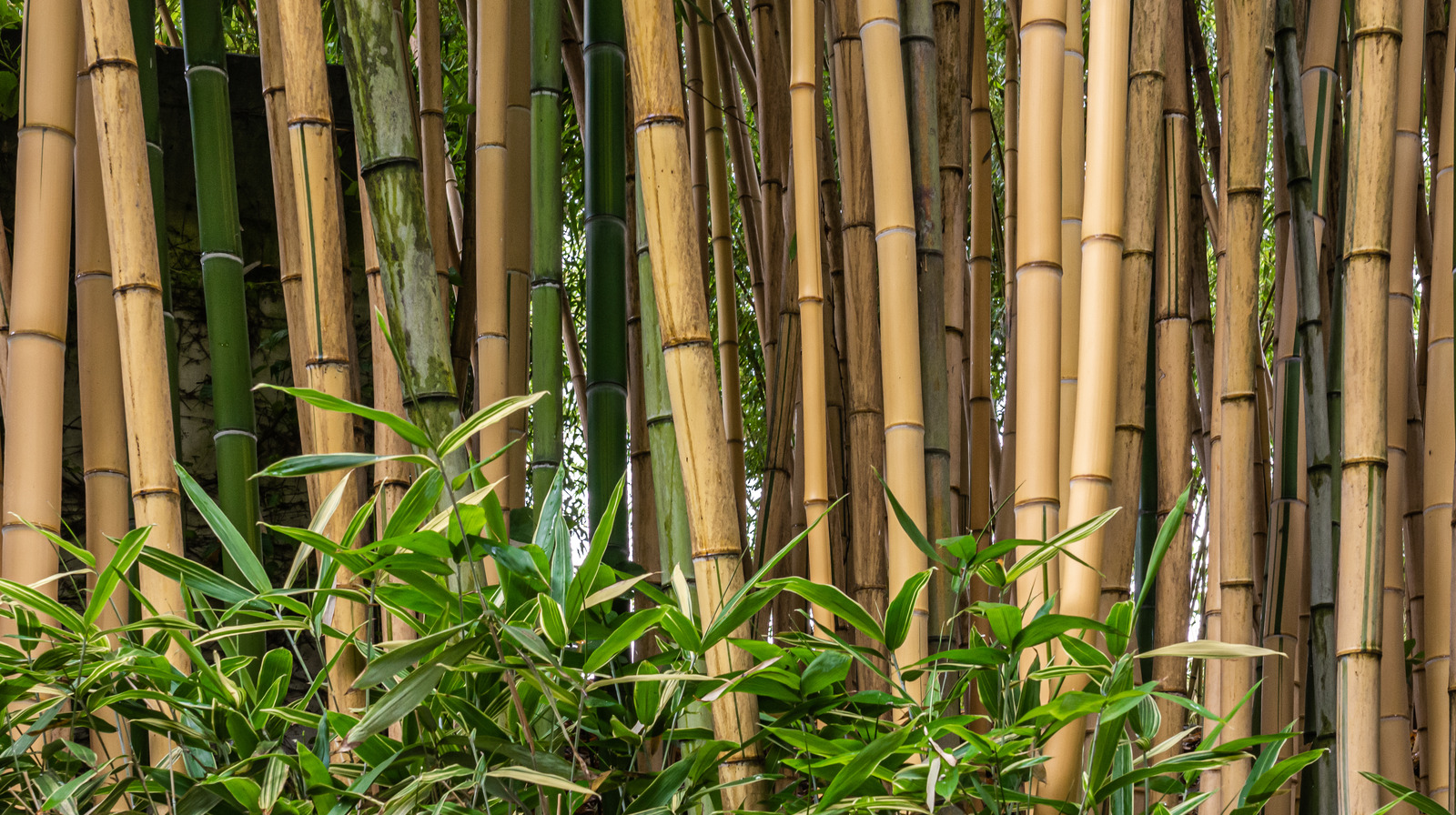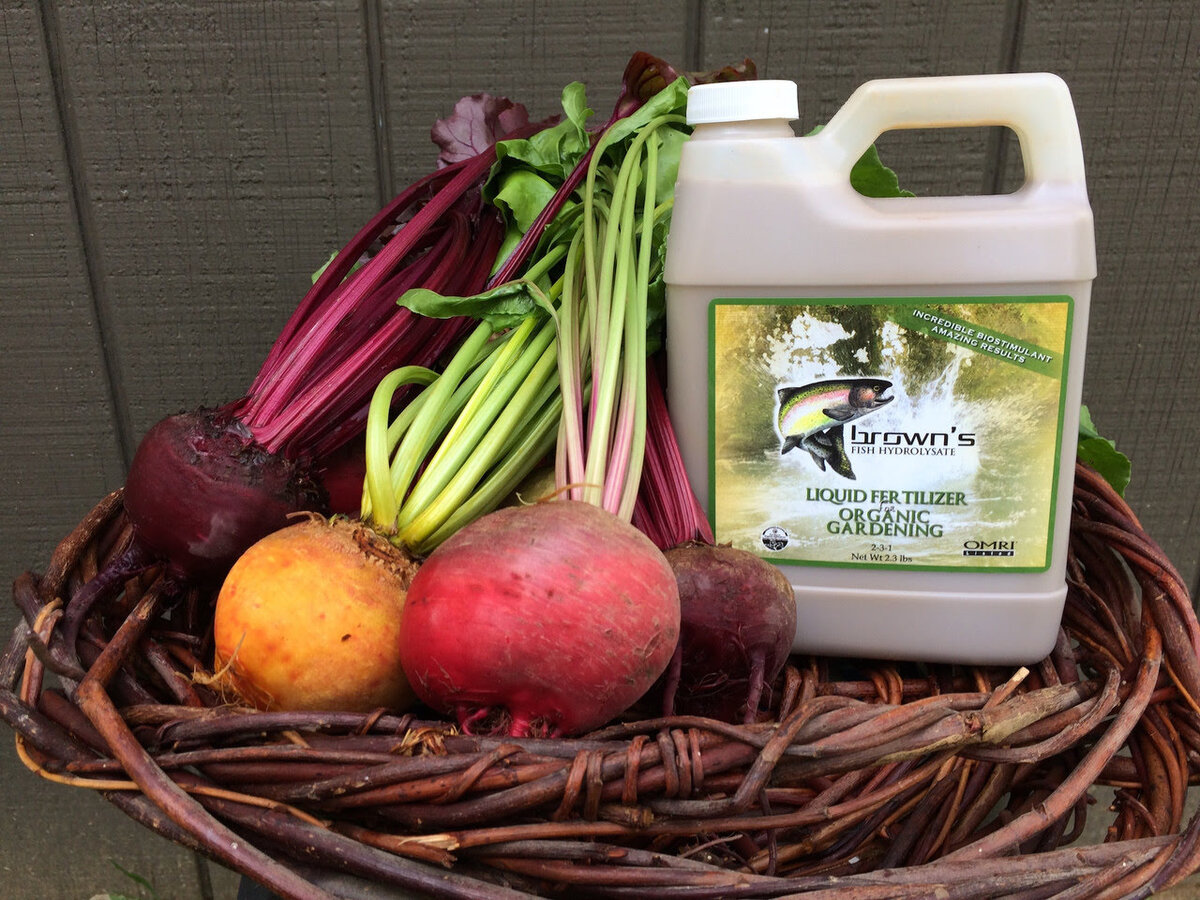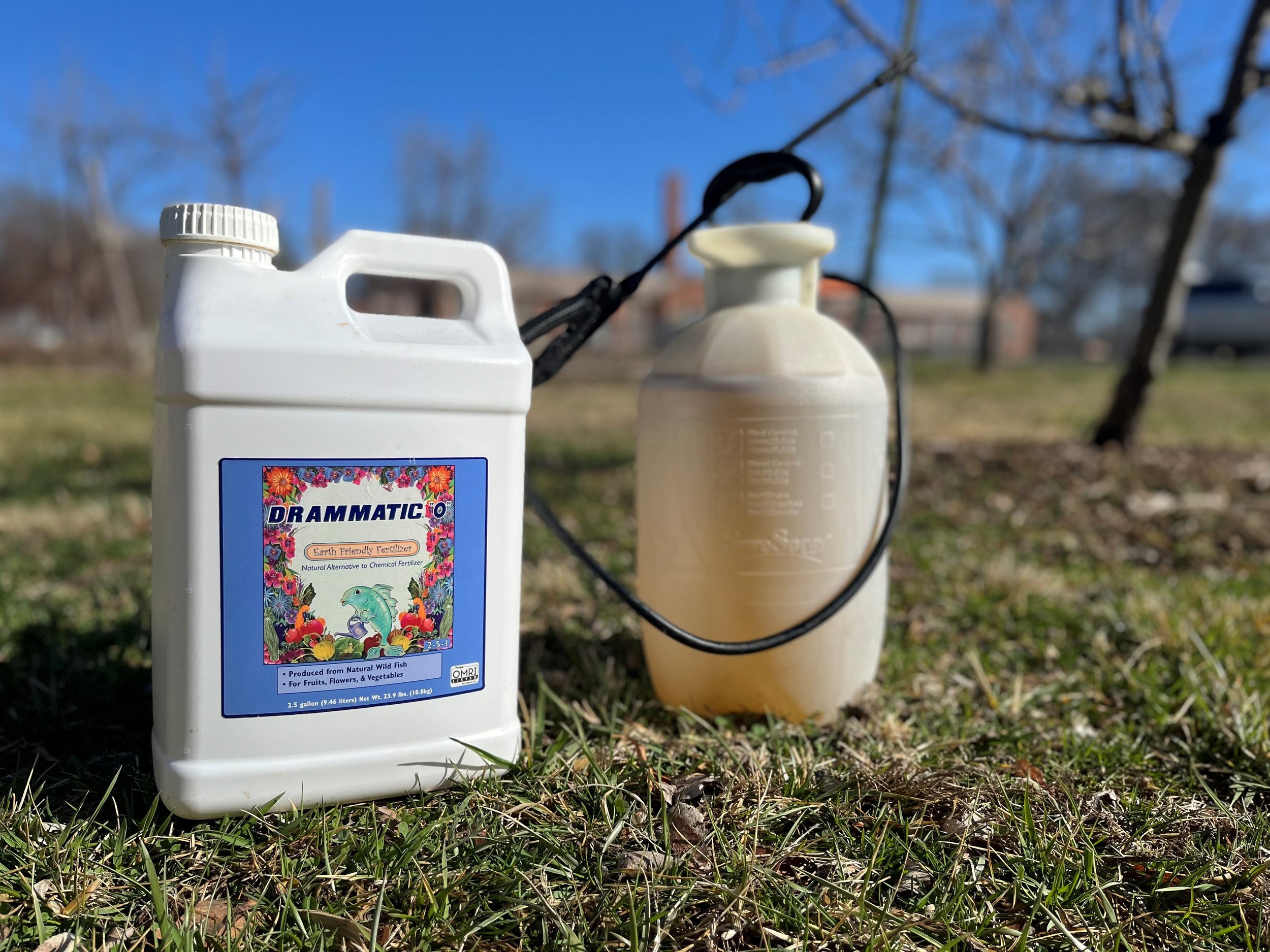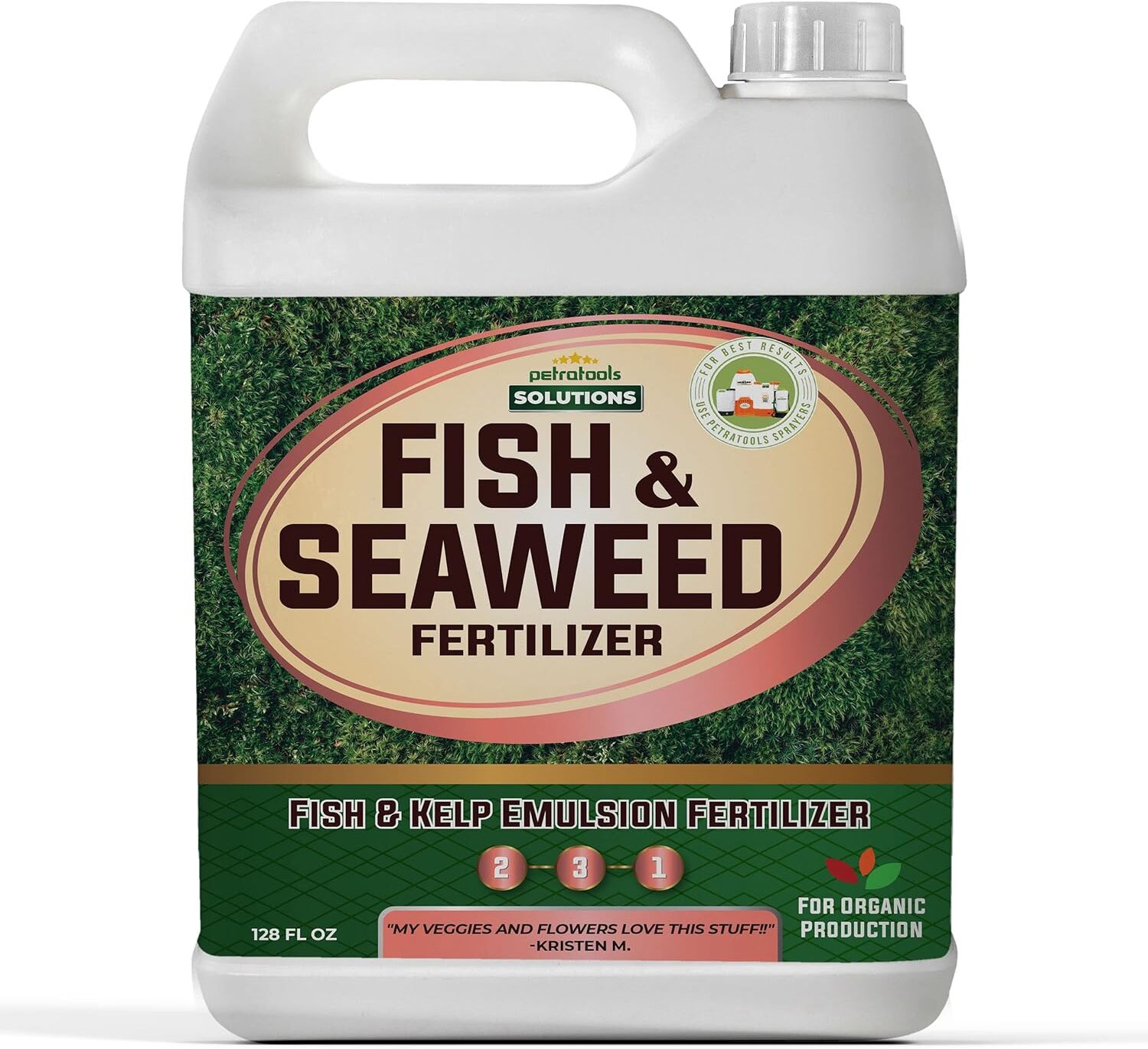Home>Gardening Techniques>How To Use Alaska Fish Fertilizer
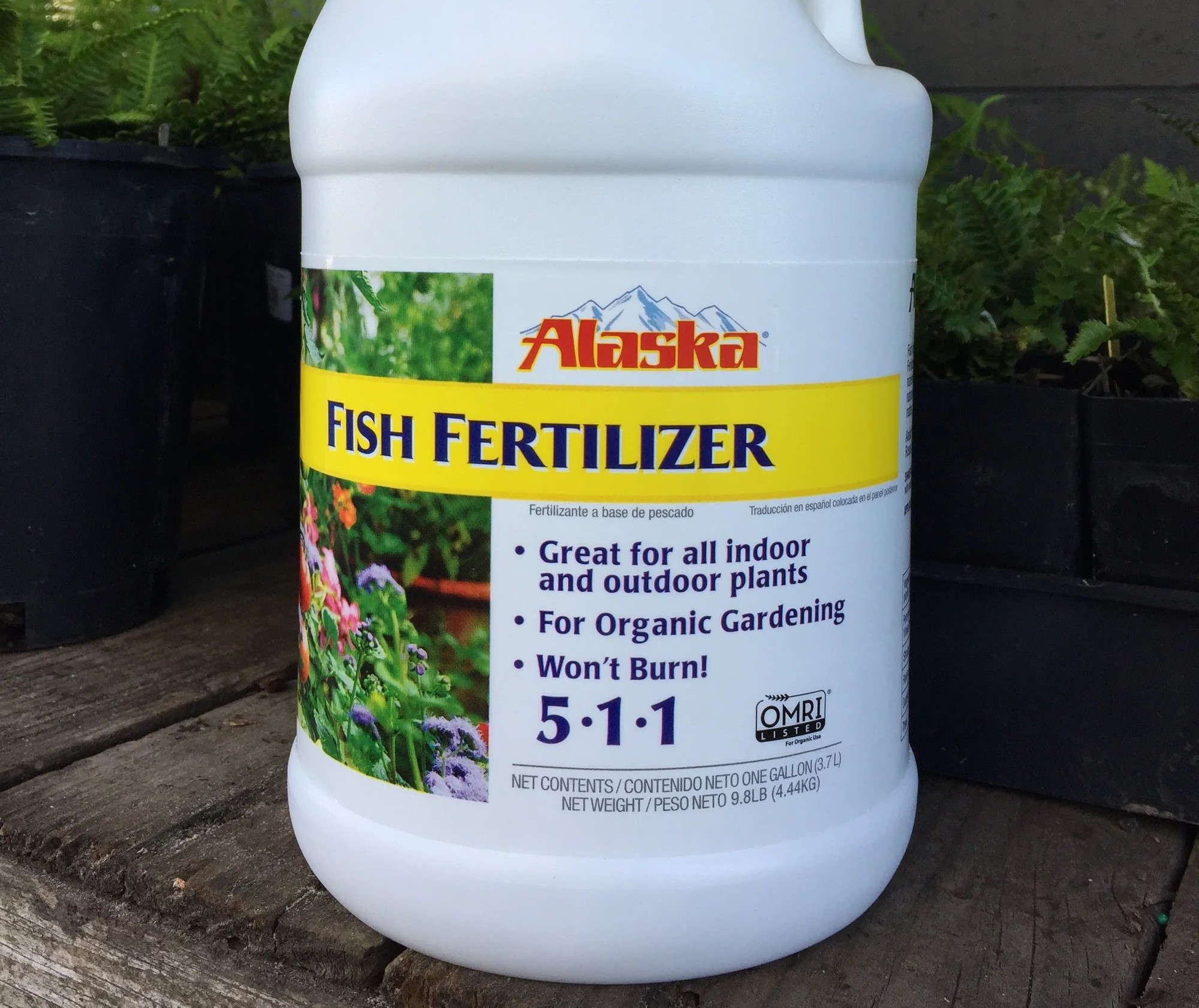

Gardening Techniques
How To Use Alaska Fish Fertilizer
Modified: January 22, 2024
Learn how to use Alaska Fish Fertilizer for plant care and boost the health and growth of your plants. Discover the benefits of this natural fertilizer for your gardening needs.
(Many of the links in this article redirect to a specific reviewed product. Your purchase of these products through affiliate links helps to generate commission for Chicagolandgardening.com, at no extra cost. Learn more)
Table of Contents
Introduction
Welcome to the wonderful world of plant care! Whether you are a seasoned gardener or just starting your journey as a plant parent, one thing remains constant – the need for proper care and nutrition for your plants. One crucial aspect of plant care is choosing the right fertilizer that will provide essential nutrients for their growth and development.
One fertilizer that has gained popularity amongst plant enthusiasts is Alaska Fish Fertilizer. Derived from nutrient-rich fish emulsion, Alaska Fish Fertilizer offers numerous benefits for your plants. From enhancing soil fertility to promoting vigorous growth, this organic fertilizer has become a preferred choice for plant lovers worldwide.
But before you dive into the world of Alaska Fish Fertilizer, it is essential to understand how to use it effectively. In this article, we will guide you through the process of using Alaska Fish Fertilizer to maximize its benefits and ensure healthy and thriving plants.
Whether you are looking to revive a struggling houseplant or boost the vitality of your garden, Alaska Fish Fertilizer can be a game-changer. From providing essential macronutrients like nitrogen, phosphorus, and potassium, to improving soil structure and nutrient uptake, this organic fertilizer offers a holistic approach to plant care.
But why choose Alaska Fish Fertilizer over other types of fertilizers? The answer lies in its natural origins. Made from sustainably sourced fish, this fertilizer is gentle on the environment while providing a potent nutrient boost for your plants. Additionally, Alaska Fish Fertilizer is suitable for a wide range of plant varieties, making it a versatile choice for all your gardening needs.
So, if you are ready to take your plant care routine to the next level, let’s explore the world of Alaska Fish Fertilizer together. In the following sections, we will discuss how to choose the right type of Alaska Fish Fertilizer, prepare the soil for application, and apply it effectively to your beloved plants. Get ready to witness the transformative power of this organic fertilizer!
Benefits of Alaska Fish Fertilizer
When it comes to plant care, Alaska Fish Fertilizer offers a myriad of benefits that can significantly enhance the health and growth of your plants. Let’s take a look at some of the advantages of using this organic fertilizer:
- Rich in essential nutrients: Alaska Fish Fertilizer is packed with essential macronutrients like nitrogen, phosphorus, and potassium that are crucial for plant growth. These nutrients promote healthy foliage, strong root development, and robust flowering and fruiting.
- Improved overall plant health: With its balanced nutrient composition, Alaska Fish Fertilizer ensures that your plants receive the proper nourishment they need. This leads to improved overall plant health, making them more resistant to diseases, pests, and environmental stresses.
- Enhanced soil fertility: Alaska Fish Fertilizer not only feeds your plants but also improves the quality and fertility of the soil. It enhances microbial activity in the soil, increasing nutrient availability for your plants. Over time, it helps build a healthy and nutrient-rich soil ecosystem.
- Boosted plant growth and development: The nutrients in Alaska Fish Fertilizer stimulate vigorous plant growth and development. It encourages the production of chlorophyll, which is essential for photosynthesis, resulting in lush foliage and increased energy production for your plants.
- Improved nutrient uptake: The organic matter in Alaska Fish Fertilizer enhances the soil’s ability to retain moisture and nutrients, ensuring optimal uptake by the plant’s roots. This leads to efficient nutrient absorption, preventing nutrient deficiencies and promoting healthier growth.
- Environmentally friendly: Derived from sustainable and fishery by-products, Alaska Fish Fertilizer is an eco-friendly option for plant care. By using this organic fertilizer, you are participating in the recycling of natural resources and minimizing waste.
With these remarkable benefits, it’s no wonder why Alaska Fish Fertilizer has become a popular choice among plant enthusiasts. Its ability to nourish plants, improve soil fertility, and promote healthy growth makes it a valuable addition to any plant care routine. Whether you have indoor houseplants or a thriving garden, Alaska Fish Fertilizer can contribute to the success and vitality of your plants.
Choosing the Right Type of Alaska Fish Fertilizer
When it comes to choosing the right type of Alaska Fish Fertilizer, there are a few factors to consider. Understanding the different options available will help you make an informed decision and select the best fertilizer for your specific needs. Here are some key points to consider:
- Liquid vs. granular: Alaska Fish Fertilizer is available in both liquid and granular forms. Liquid fertilizer is applied by diluting it with water and directly watering the plants. It provides a quick nutrient boost and is easily absorbed by the plant’s roots. On the other hand, granular fertilizer is applied by sprinkling it on the soil surface. It releases its nutrients slowly over time, providing a long-lasting fertilization effect.
- Nutrient ratios: Different formulations of Alaska Fish Fertilizer are available, each with varying nutrient ratios. These ratios are represented by three numbers (N-P-K) on the fertilizer packaging, indicating the percentage of nitrogen (N), phosphorus (P), and potassium (K) in the product. The right nutrient ratio depends on the specific needs of your plants. For example, a higher nitrogen ratio is suitable for promoting foliage growth, while a higher phosphorus ratio is beneficial for flowering and fruiting plants.
- Organic certification: If organic gardening is important to you, look for Alaska Fish Fertilizer that is certified organic. Organic certification ensures that the fertilizer has been produced without the use of synthetic chemicals or genetically modified organisms (GMOs). It aligns with sustainable and eco-friendly gardening practices.
- Plant-specific formulas: Some manufacturers offer plant-specific formulas of Alaska Fish Fertilizer, such as for roses, vegetables, or indoor plants. These specialized formulas are tailored to meet the specific nutrient requirements of those plants, providing targeted nourishment for optimal growth and performance.
- Brand reputation: Consider purchasing Alaska Fish Fertilizer from reputable brands known for their quality products. Research customer reviews, seek recommendations from other gardeners, and choose a brand that has a proven track record of producing effective and reliable fertilizers.
By considering these factors and assessing your plant’s needs, you can select the most suitable type of Alaska Fish Fertilizer. Remember, each plant has unique requirements, so choosing the right formulation will ensure that your plants receive the necessary nutrients for healthy and vibrant growth.
Preparing the Soil for Application
Before applying Alaska Fish Fertilizer to your plants, it is essential to prepare the soil to maximize its effectiveness. Taking the time to properly prepare the soil will ensure that nutrients are readily available to the plants and promote optimal nutrient uptake. Here are some steps to follow in preparing the soil:
- Clear the area: Start by removing any weeds, rocks, or debris from the planting area. This ensures that the fertilizer is not wasted on unwanted plants or obstructed by obstacles.
- Loosen the soil: Use a garden fork or tiller to loosen the soil surface. This helps to improve aeration, drainage, and root penetration. Loosening the soil also helps distribute the fertilizer evenly throughout the root zone.
- Test the soil: Conduct a soil test to determine its pH level and nutrient content. A soil test will highlight any deficiencies or imbalances and enable you to make informed decisions on the amount of fertilizer needed. You can obtain a soil test kit from a local garden center or send a sample to a professional lab for analysis.
- Adjust the soil pH: Depending on the test results, you may need to adjust the soil pH. Alaska Fish Fertilizer works best in slightly acidic to neutral soil conditions. If the soil is too acidic, you can add lime to raise the pH. Conversely, if the soil is too alkaline, you can add sulfur or organic matter to lower the pH.
- Amend the soil: Incorporate organic matter into the soil, such as compost or well-rotted manure. This improves soil structure, adds essential nutrients, and enhances moisture retention. Mix the organic matter into the top few inches of soil using a garden fork or tiller.
- Moisten the soil: Before applying the Alaska Fish Fertilizer, ensure the soil is slightly moist. If the soil is dry, water it thoroughly a day or two before application. Moist soil allows for better nutrient absorption by the plant’s roots.
By following these steps, you create an optimal environment for your plants to receive the full benefits of Alaska Fish Fertilizer. Proper soil preparation sets the stage for healthy growth, nutrient uptake, and overall plant vitality.
Applying Alaska Fish Fertilizer to Plants
Now that you have prepared the soil, it’s time to apply Alaska Fish Fertilizer to your plants. Proper application ensures that the nutrients are effectively delivered to the roots, promoting healthy growth and vibrant foliage. Here are the steps to follow when applying Alaska Fish Fertilizer:
- Read the instructions: Before applying the fertilizer, carefully read the instructions provided by the manufacturer. Follow the recommended dosage and application frequency to prevent over-fertilizing or under-fertilizing your plants.
- Dilute the liquid fertilizer: If you are using liquid Alaska Fish Fertilizer, dilute it according to the instructions. Typically, you need to mix a specific amount of fertilizer with water in a watering can or sprayer. This dilution ensures that the fertilizer is not too concentrated, preventing potential root burn.
- Water the plants: Before applying the fertilizer, thoroughly water the plants to ensure that the soil is moist. This helps the fertilizer mix well with the soil and facilitates nutrient absorption by the plant’s roots.
- Apply around the base of the plant: For liquid fertilizer, pour the diluted solution around the base of the plant, avoiding direct contact with the leaves or stems. This helps prevent foliar burn and ensures that the nutrients reach the root zone. For granular fertilizer, sprinkle it evenly around the plant, keeping a safe distance from the stem.
- Distribute evenly: Whether using liquid or granular fertilizer, aim to distribute it evenly over the soil surface. This ensures that the nutrients are available to all parts of the plant’s root system. Avoid excessive concentration in one area, as this can lead to uneven nutrient absorption and potential damage to the plant.
- Water again: After applying the fertilizer, give the plants a thorough watering to help the nutrients penetrate the soil and reach the roots. This also aids in preventing any potential fertilizer burn by diluting any concentrated residues on the soil surface.
- Monitor and reapply: Keep an eye on your plants and monitor their growth and health. Depending on the fertilizer’s instructions, you may need to reapply Alaska Fish Fertilizer every few weeks or months to sustain the nutrient supply. However, be cautious not to over-fertilize, as this can lead to nutrient imbalances or plant stress.
By following these guidelines, you can ensure that Alaska Fish Fertilizer is applied effectively to your plants. Proper application promotes efficient nutrient absorption and supports healthy plant growth, allowing you to enjoy the rewards of lush, thriving plants.
Tips for Maximizing the Effectiveness of Alaska Fish Fertilizer
Alaska Fish Fertilizer can greatly benefit your plants, but to maximize its effectiveness, it’s important to follow some additional tips. These tips will help you make the most out of this organic fertilizer and promote optimal plant growth and health. Here are some tips to consider:
- Apply in the morning or late afternoon: It’s best to apply Alaska Fish Fertilizer to your plants in the morning or late afternoon when the temperatures are cooler. This allows the plants to absorb the nutrients more efficiently and reduces the risk of nutrient leaching due to excessive heat.
- Apply during the growing season: Focus your fertilizer applications during the active growing season of your plants. This is when they have a higher demand for nutrients to support their growth and development.
- Monitor soil moisture: Regularly check the moisture levels of the soil. Alaska Fish Fertilizer works best when the soil is slightly moist, so adjust your watering practices accordingly to maintain optimal soil moisture for nutrient uptake.
- Combine with other fertilizers: Consider combining Alaska Fish Fertilizer with other organic or slow-release fertilizers to provide a broader spectrum of nutrients for your plants. This can help meet specific nutrient requirements and promote balanced growth.
- Avoid foliage contact: When applying the fertilizer, take care to avoid direct contact with the foliage of the plants. This reduces the risk of leaf burn and minimizes the potential for foliar diseases.
- Store properly: Follow the manufacturer’s instructions for proper storage of Alaska Fish Fertilizer. Generally, it should be stored in a cool, dry place away from direct sunlight and moisture to maintain its effectiveness.
- Observe plant response: Pay attention to how your plants respond to the fertilizer. Look for signs of improved growth, vibrant foliage, and increased flowering or fruiting. Adjust the fertilizer application accordingly based on your observations and the specific needs of your plants.
- Don’t over-fertilize: Be cautious not to over-fertilize your plants with Alaska Fish Fertilizer. Excessive nutrient levels can lead to imbalances, nutrient toxicity, or even plant stress. Therefore, stick to the recommended dosage and frequency as stated on the fertilizer packaging.
- Consider a foliar spray: In addition to soil application, you can also use Alaska Fish Fertilizer as a foliar spray. Dilute the fertilizer according to the instructions and spray it on the leaves of your plants. This provides a direct nutrient supply to the foliage and can be particularly beneficial for foliar-fed plants.
- Be patient: Rome wasn’t built in a day, and neither is a healthy and thriving garden. Give Alaska Fish Fertilizer time to work its magic and observe gradual improvements in your plants’ health and vitality. Patience and consistency are key when it comes to plant care.
By implementing these tips, you can ensure that you are maximizing the effectiveness of Alaska Fish Fertilizer. Remember, each plant is unique, so it’s important to pay attention to their individual needs and adjust your fertilization practices accordingly. With proper care and attention, you’ll be rewarded with flourishing and beautiful plants.
Safety Precautions When Using Alaska Fish Fertilizer
While Alaska Fish Fertilizer is an organic and environmentally friendly option for plant care, it is still essential to take certain safety precautions when using it. By following these guidelines, you can ensure the well-being of yourself, your plants, and the surrounding environment. Here are some safety precautions to consider:
- Read the safety instructions: Carefully read and follow the safety instructions provided by the manufacturer on the fertilizer packaging. This includes information on proper handling, storage, and disposal methods.
- Wear protective gear: When handling Alaska Fish Fertilizer, especially the concentrated liquid form, it is advisable to wear protective gear such as gloves, goggles, and a mask. This protects your skin, eyes, and respiratory system from potential irritation or allergic reactions.
- Avoid inhalation and ingestion: Avoid breathing in the fertilizer dust or touching your face, mouth, or eyes while handling Alaska Fish Fertilizer. Wash your hands thoroughly after application to prevent accidental ingestion.
- Keep away from children and pets: Store Alaska Fish Fertilizer in a secure location out of the reach of children and pets. This prevents accidental ingestion or exposure to the fertilizer, which could be harmful to their health.
- Follow application guidelines: Adhere to the recommended dosage and application frequency specified on the fertilizer packaging. Over-application can lead to nutrient imbalances, plant stress, or environmental damage.
- Avoid application near water sources: When applying Alaska Fish Fertilizer, avoid applying it near lakes, ponds, rivers, or other water sources. This prevents potential runoff and minimizes the risk of nutrient pollution in aquatic ecosystems.
- Store and dispose of properly: Store Alaska Fish Fertilizer in its original container and in a cool, dry place. Ensure that the container is tightly sealed to prevent moisture or air exposure. When disposing of unused fertilizer or empty containers, follow local regulations and guidelines for proper disposal methods.
- Keep off edible parts of plants: When applying the fertilizer, ensure that it does not come into direct contact with edible parts of plants, such as fruits or vegetables. If accidental contact occurs, wash the produce thoroughly before consumption.
- Know your local regulations: Familiarize yourself with the local regulations regarding fertilizer use and application. Some areas may have specific guidelines or restrictions in place to protect the environment and public health.
- Store separately from food and beverages: To prevent any contamination, store Alaska Fish Fertilizer separately from food, beverages, or utensils used for consuming food.
By following these safety precautions, you can ensure safe and responsible use of Alaska Fish Fertilizer. Keeping yourself and the environment protected while using fertilizers is vital for a sustainable and healthy gardening practice. Happy gardening!
Conclusion
Alaska Fish Fertilizer offers a multitude of benefits for plant care, making it a valuable addition to any gardener’s toolkit. With its rich nutrients, organic origins, and versatility, it can greatly enhance the health and growth of your plants. By choosing the right type of Alaska Fish Fertilizer, preparing the soil properly, and applying it effectively, you can maximize its effectiveness and ensure optimal nutrient uptake by your plants.
From improving soil fertility and promoting vigorous growth to enhancing overall plant health and nutrient uptake, Alaska Fish Fertilizer provides a holistic approach to plant care. Its organic nature and environmentally friendly production methods make it a sustainable choice for conscious gardeners, enabling them to nurture their plants while minimizing harm to the environment.
While using Alaska Fish Fertilizer, it is important to follow safety precautions to protect yourself, your plants, and the surrounding environment. By taking proper measures and following the manufacturer’s instructions, you can ensure safe and responsible use of this fertilizer.
So, whether you are a seasoned gardener or just starting your plant care journey, consider incorporating Alaska Fish Fertilizer into your routine. By providing essential nutrients, improving soil fertility, and promoting healthy growth, it can take your plants to new heights of vitality and beauty.
Remember, each plant has its own unique needs, so observe and adjust accordingly. Enjoy the journey of watching your plants flourish and thrive with the help of Alaska Fish Fertilizer. Happy gardening!
